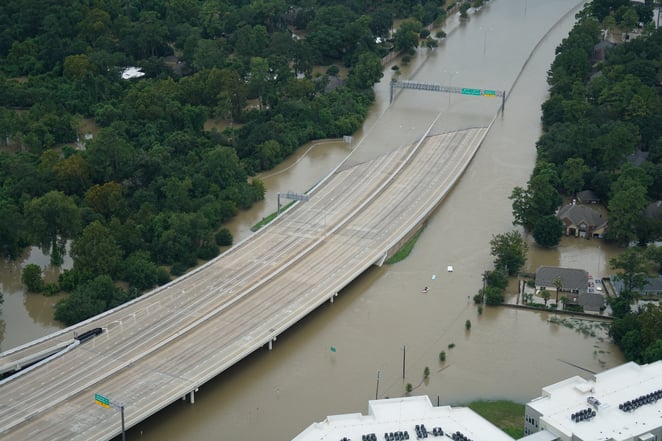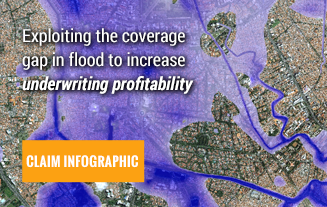 Last week Insurance Journal ran a recap of the P/C Joint Industry Forum, held last month in NYC. If you underwrite flood or wildfire, go read it now and then come back here for a bit of commentary. If you are a blogger, chances are you have already read it.
Last week Insurance Journal ran a recap of the P/C Joint Industry Forum, held last month in NYC. If you underwrite flood or wildfire, go read it now and then come back here for a bit of commentary. If you are a blogger, chances are you have already read it.
The theme of the meeting, based on this recap was the US Protection Gap, specifically on flood but also wildfire. In the words of the panelists: “Although clear challenges can come with the increasing cost and frequency of global natural disasters, there could also be untapped opportunity for insurers to tackle coverage gaps.” Yes, yes, yes and yes. And yes.
The two quoted members of the panel addressing the opportunity that resides in the protection gap were Bill Churney, president of AIR Worldwide and Alex Kaplan, head of North America at Swiss Re Global Partnerships.
Here is the first money quote from Mr. Kaplan:
However grim it sounds, this increase in natural disaster cost could lead to untapped market share for the insurance industry. Although 2017 preliminary numbers show there were approximately $300 billion in natural catastrophe losses across all perils, … only approximately $130 billion of that was insured.
Mr. Kaplan is describing a property insurance market where less than half of the damaged property was insured. Extending that to the whole country, the numbers cruise into the trillions of property coverage needed. That’s easily in the dozens of billions of available premium, probably near $100 billion. What is to stop underwriters getting some of that? Apparently, it is this attitude: , ‘Well, we can’t insure that. There’s not the technology to do that,'. And of course, anyone that thinks that is wrong.
Mr. Churney’s contribution was this statement:
One of the things that I think the industry will have to come to grips with is this whole idea of the one-in-100-year flood zone FEMA (Federal Emergency Management Agency) map,” Churney said. “It’s not a very good proxy for the risk, given that 40-50 percent of the loss in Harvey was outside of those areas. So, that’s the opportunity that’s out there. How does the industry insure the exposure there?
Yes! The FEMA 100 year flood zone is useless for underwriting flood risk – that’s not even what it’s for. Those zones are on rate maps, not risk maps – they are a pricing guideline, not a risk determination. And there’s an answer for how the industry can insure the exposure there.
Finally, Mr. Kaplan presented some research from Swiss Re that is staggering: 8 percent of the U.S. population was affected by natural disasters in 2017. Further, 32.5 percent of Americans today said they couldn’t pull together at least $2,000 in the event of a disaster. That is the protection gap quantified: 8.5 million people not only were affected by disasters, but also didn’t have cash on hand and likely didn’t have flood insurance. That is a clear call to action for all insurers.

